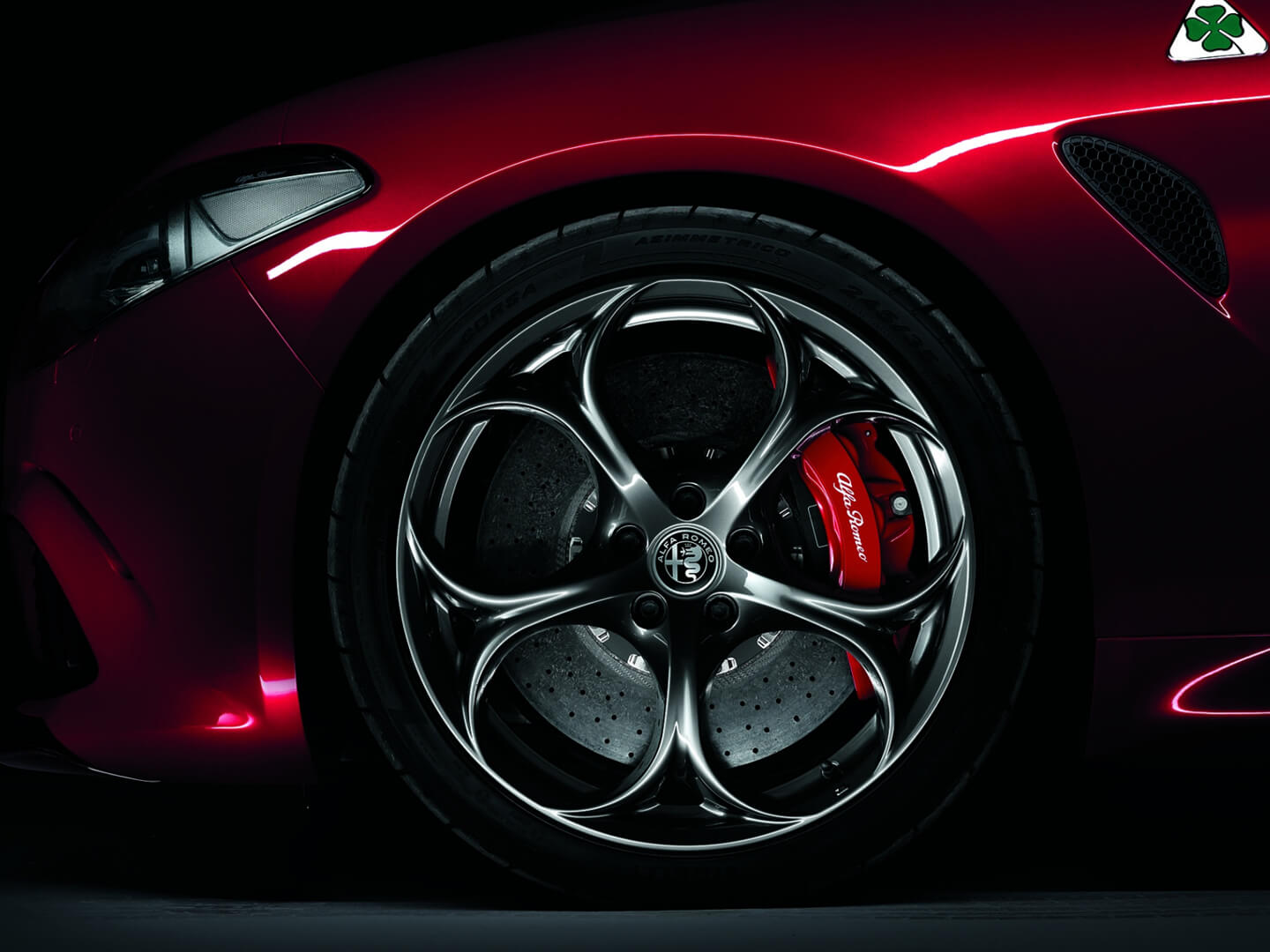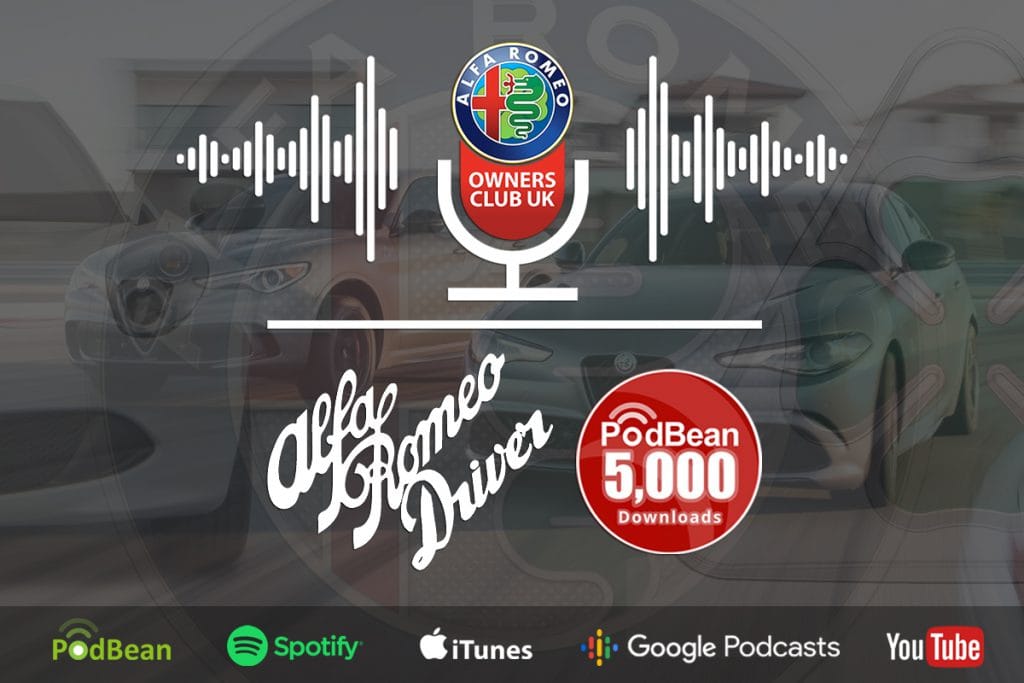Nürburgring 9-11 Aug 2019

By John Third.
The modern Grand Prix circuit at the ‘ring is a genuine track for enthusiasts and spectators. This is not an airfield with large earth redoubts for the public to clamber upon. It is not a place with vast structures fashioned from scaffold poles and with dodgy plywood flooring upon which you are allowed to clamber upon payment of a grandstand supplement. For the Old Timer weekend, one AlfaClub single ticket at 48Euro gives you access to all areas, including to the British mechanics fine tuning a Healey or a Lotus or a Jaguar, and you park in a centre of the circuit in a reserved display area.
An observation which speaks volumes is that, without the British involvement, this event would be a mere shadow of its current format. Many of the drivers are Brits, many of the historic cars are from a bygone era of British manufacturing. In fact an observer cannot fail to be impressed at how our politicians and lilly livered businessmen surrendered all those engineering skills, engineering development, enthusiasm and history just to make a fast buck. We sold our industrial heritage cheaply.
But the plucky Brit still is the master of historic car racing. It is quite remarkable just how quick a single seater Lotus formula 1 car from the 1960’s is in comparison to some of its much larger continental and American cousins. Then there is Aston Martin and Jaguar. Both manufacturers turned out cars to rival the very best in the world. At Nurburgring we were treated to TVR, Marcos, Healey, MG, as well as Jaguar and Aston Martin.
But of course I am an Alfa Romeo driver and the single thing that caused me to switch from a British Leyland product to an Italian machine was the superior technical capability of the car….. in almost every department. Of course the British car insurance industry tried their best to dissuade me by quoting ridiculous insurance premiums but the die was cast. An Alfetta saloon was far superior in every meaningful department to an MGB GT. In 1980, where the MG was agricultural the Alfa was sophisticated and modern.
One great thing about the ‘ring is that you can get up close to the machinery. You can, if sufficiently bold, speak to the odd driver. They are some very wealthy people involved, either as Owners, or drivers or both but they are all quite approachable.
The AlfaCub of Germany provide hospitality which is possibly the finest I have experienced on the European club scene. There are Alfisti from the Netherlands, Belgium, France and Italy, and why not. The passion for Alfa Romeo cars transcends mere borders. Then there was the racing. I stationed myself in a grandstand at the end of the start/finish straight, or at Turn One in modern parlance, which provides one of the most spectacular viewing seats in motor racing. The cars come straight towards you then brake heavily to negotiate an ‘S’ curve on a downhill slope. It is a tricky complex and you can study it for a whole race and still fail to identify the racing line! It is a corner where drivers overcook and undercook in equal numbers.

Now I do not speak formal German nor even “Tannoy German” but a new expression entered my “ein Bier, bitte” vocabulary. It is “Super Schnell”! and is a tag applied to a number of DTM racers on the track. Accordingly, I have now expanded my vocabulary to ..yes, you’ve got it… “ein Bier bitte super schnell!”. Brilliant stuff this foreign language lark.
Alfas on track were primarily of the 105 series variety. The simplicity of the design masks what was a very sophisticated car in its day. These machines look good and are very capable in the hands of a good driver.
One of the best examples on the track was an original Autodelta 1750 GTAm from 1968. These were European Touring Car Championship winning cars in the early 1970’s. The ultimate was a 2 litre cars which produced 237 hp and had a top speed of about 143 mph. The opportunity to get up close was grasped.





The GTAm shown is worth approximately £250,000! It is an expensive business right enough.



There were some very fast cars and moments of high drama which, when you consider the value of the machinery, would clearly have caused some anguish in the driving trousers department. There was a tendency for Turn One, that of somewhat dubious racing line, to produce the odd confrontation. Bearing in mind this is all happening at high speed you can see what I mean.
Then there were the venerable single seaters. These are quick and compared to the modern racing cars the drivers look so very exposed.

The skills of the drivers in these machines are impressive. Usually these are best appreciated viewing from behind as the cars dash between corners but the next image shows three cars in close proximity but each on a subtly different trajectory into the first bend.

There were some big sports cars.


There was a very quick Lola T70 but the car in the race which impressed the most was a Lola T290 Cosworth which seemed head and shoulders above everything else. It is the red open topped car in the photographs. It is a 2 litre prototype from 1972. The particular car was chassis No. HU20 and it was the brainchild of (then) Lola designers Bob Marston, Patrick Head and John Barnard. A small engined car compared to the monster T70 but weighing in at 610 kilos and with a really serious pedigree from that design talent makes this a very quick machine.

There was an Alfa Romeo 33 in this sports car race. It was a Type 33TT3, a car which arrived on the scene in 1972. It was not particularly successful at first but eventually the V8 3litre began to deliver and Alfa Romeo finished 2nd in the team standings behind Ferrari. The 33TT3 was superseded by the twelve cylinder 33TT12 which scored its victories in 1974.
The 90 degree V8 in this car produced 400 hp and, in a detuned form, the same engine in the Alfa Romeo Montreal produced 197 hp.
The Austrian Owner/Driver drove the 33TT3 at a measured pace but it nevertheless looked beautiful sweeping down the main straight.






